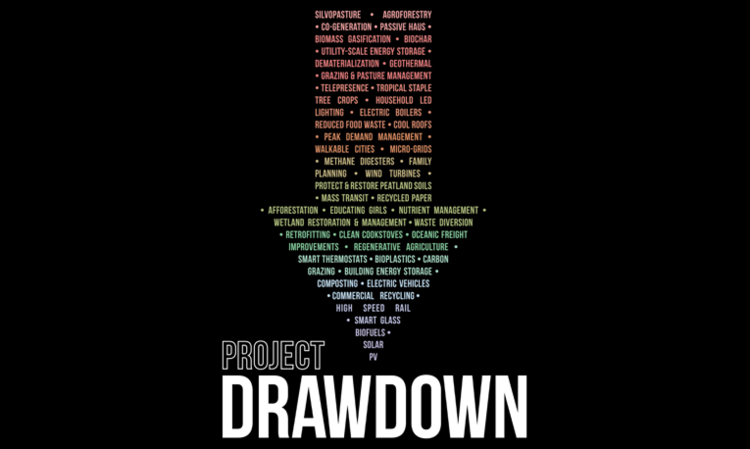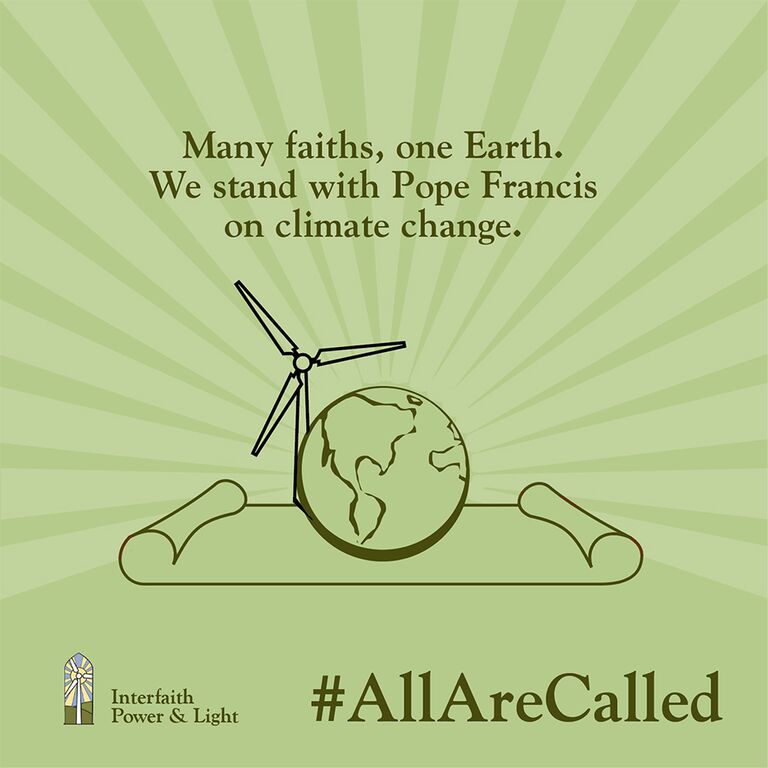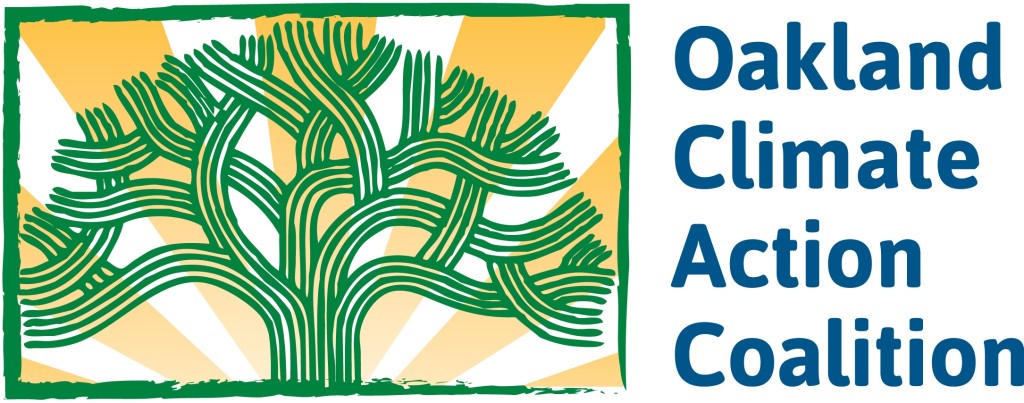The holidays are upon us once again, and as we prepare to celebrate the season of giving I’m feeling hopeful about the coming year. There are so many good things happening out there! If you’re looking for some presents to put under the tree or alongside the menorah this holiday season, you’re in luck, because I’ve got a few to suggest! (Full disclaimer: they might be challenging to wrap.)
Project Drawdown: The climate debate has not changed much. Those who grasp the science are increasingly concerned by forecasts; however, polls show that fewer people are interested in climate science than ten years ago. The majority of Americans are too numb, frightened, preoccupied, confused, or unsure of what to do. In order to mobilize larger portions of the population into constructive action and voting, this needs to change. Enter powerhouse Paul Hawken’s newest project, which seeks to re-frame the climate debate by showing that solving the climate crisis will bring “more security, more prosperity, more jobs, more well-being and better health.” With a focus on technologies and methods that already exist, and via three pathways and an extensive list of realistic and intrinsically beneficial solutions, Drawdown creates a positive and optimistic path forward in addressing climate change.
Clean Energy Solutions: According to the Global Trends in Renewable Energy Investment 2015 report, new installations of carbon-free renewable power plants in 2014 surpassed 100,000 megawatts of capacity for the first time ever. Renewable energy is entering the market at a scale that has become relevant in energy industry terms, and at a price that is finally competitive with fossil fuels. In fact, Bloomberg’s New Energy Finance 2030 Market Outlook forecasts that the capacity of new renewable installations could outpace that of new fossil fuel power plants by threefold over the next 15 years. Advances in technology combined with political and financial initiatives are driving down the costs of clean energy solutions, and are critical drivers of this progress. The next big step will be removing subsidies for fossil fuels—totaling an estimated $550 billion in 2013—more than four times the amount dedicated to renewable energy.
In the meantime tech innovation is marching forward, from the latest flow battery (non-flammable, non-toxic, nearly lossless energy storage), to the artificial leaf (converts sunlight to hydrogen fuel) and the H2Pro (18-year old Cynthia Lam’s portable photocatalytic water purification and electricity generation unit).
Community Solutions: Daniel Nocera, inventor of the artificial leaf, said, “Until you put a price on carbon, none of these technologies are going to get a foothold.” Climate change is a social and environmental justice issue, an ecological issue, and an economic issue. As such, it must be addressed through broad alliances, and there is a wide range of interesting examples of how this is happening.
Interfaith Power & Light began in 1998 as a coalition of Episcopal churches aggregated to purchase renewable energy; in 2000 they broadened their focus to include other partners, and California Interfaith Power & Light was born. California IPL developed a successful organizational model that engaged thousands of interfaith congregations and educated many thousands of people to address global warming, and helped pass California’s landmark climate and clean energy laws. Building on California’s success, their model has been adopted in 40 states across the country.
In the public-private partnership arena, the Environmental Protection Agency and Cornell University’s Civic Ecology Lab run the EECapacity Project to promote the efforts of community environmental educators working to protect the environment and improve community wellness.
Locally, the Oakland Climate Action Coalition is an alliance of community, labor, faith-based, and environmental groups. Through four campaigns—Adaptation & Resilience, Food Justice & Land Access, and Transportation & Renewable Energy—OCAC worked with the City of Oakland to educate and engage residents in the development of Oakland’s Energy and Climate Action Plan. Adopted in 2012, it is the boldest and most equitable of its kind in any city in the country, with over half of the adopted language in the plan authored by OCAC. They continue work on implementing the plan via the four pathways above to “engage Oakland’s communities in implementing climate justice policies and programs that address the social and economic needs of low-income communities of color—those most impacted by and vulnerable to climate change—while leading the transition to a non-fossil-fuel economy.”
All across the United States and the world communities are banding together, and cross-sector coalitions have been formed to address the environmental challenges we’re collectively facing. One common thread to all of these efforts is education. At Ten Strands, it’s really at the heart of everything we do. The importance of environmental literacy cannot be overstated. In a recent op-ed, Desmond Tutu writes, “The days of not understanding the disastrous human and environmental consequences of rampant consumptiveness and greed are gone,” and that it is time for “powerful people and nations to acknowledge that their environmental wellbeing, their security and sustainability, is dependent on the wellbeing, security and sustainability of others.”
At this moment, together, we can create the political will, the business opportunities, and the momentum necessary to increase environmental literacy and give the gift of sustainability to current and future generations. It might be a little tricky to wrap in colorful paper, but take a moment to consider how you can be involved in this movement toward a brighter, more equitable and sustainable future. On behalf of all of us at Ten Strands, we wish you a happy holiday and healthy 2016. Thank you for sharing your gifts.






